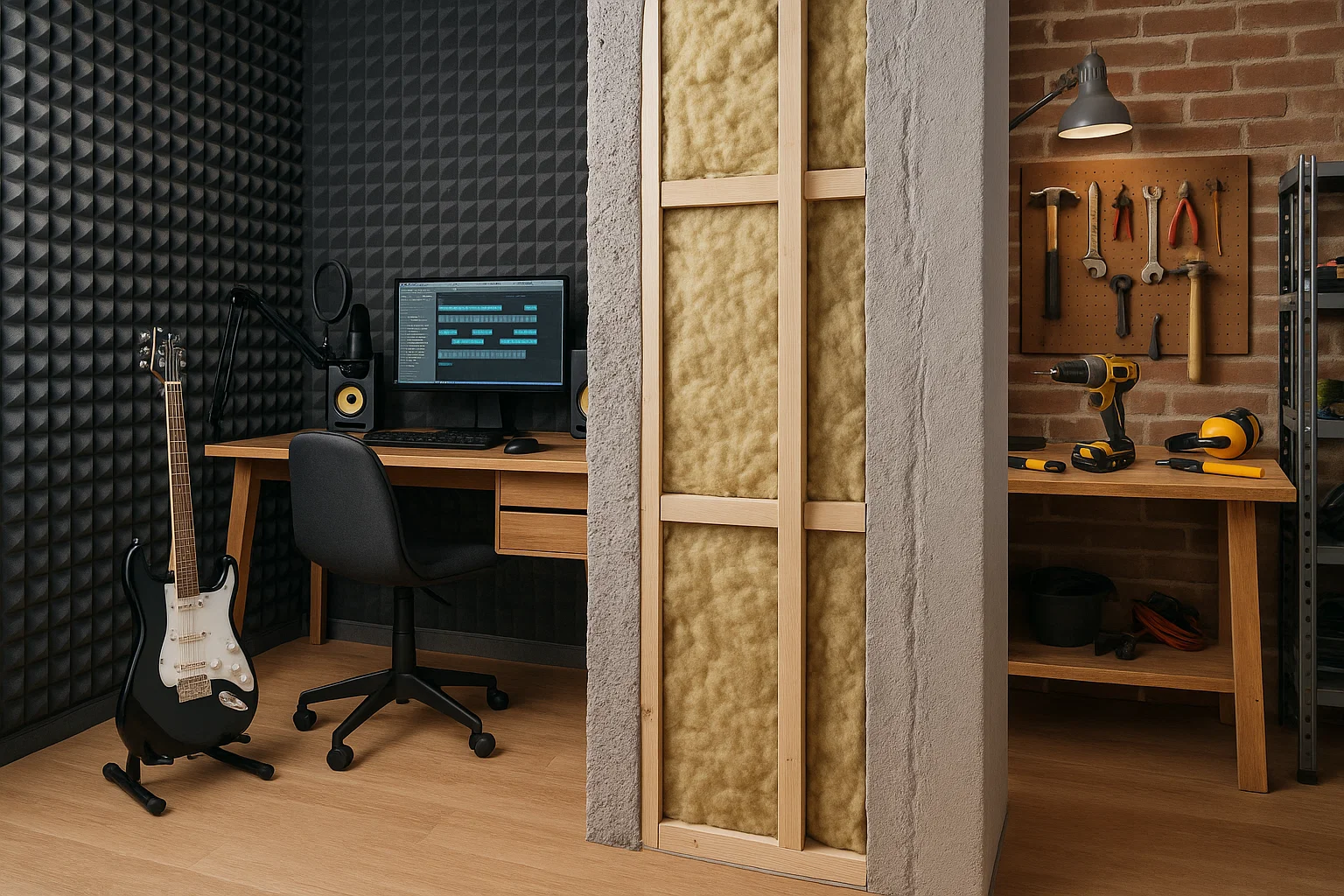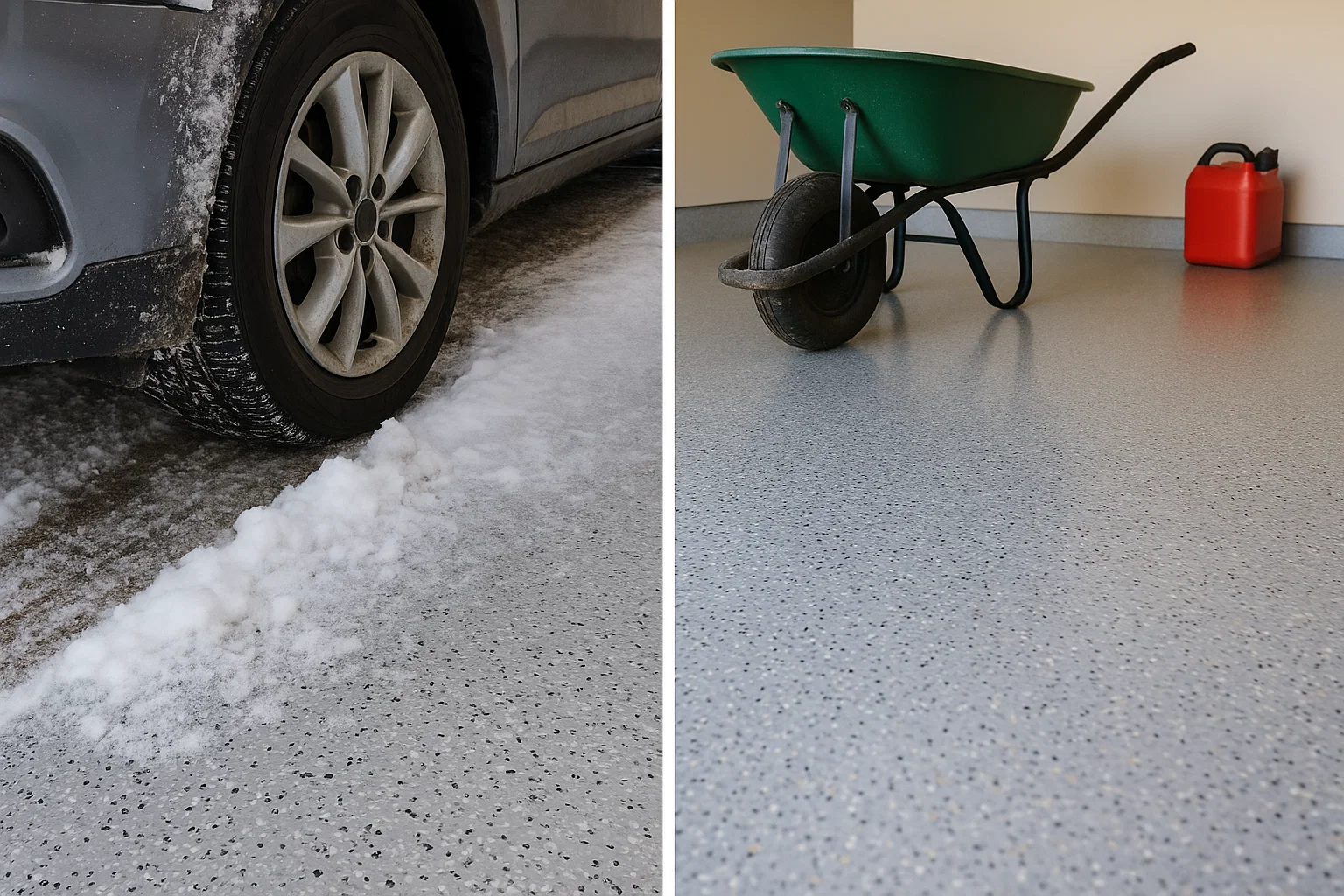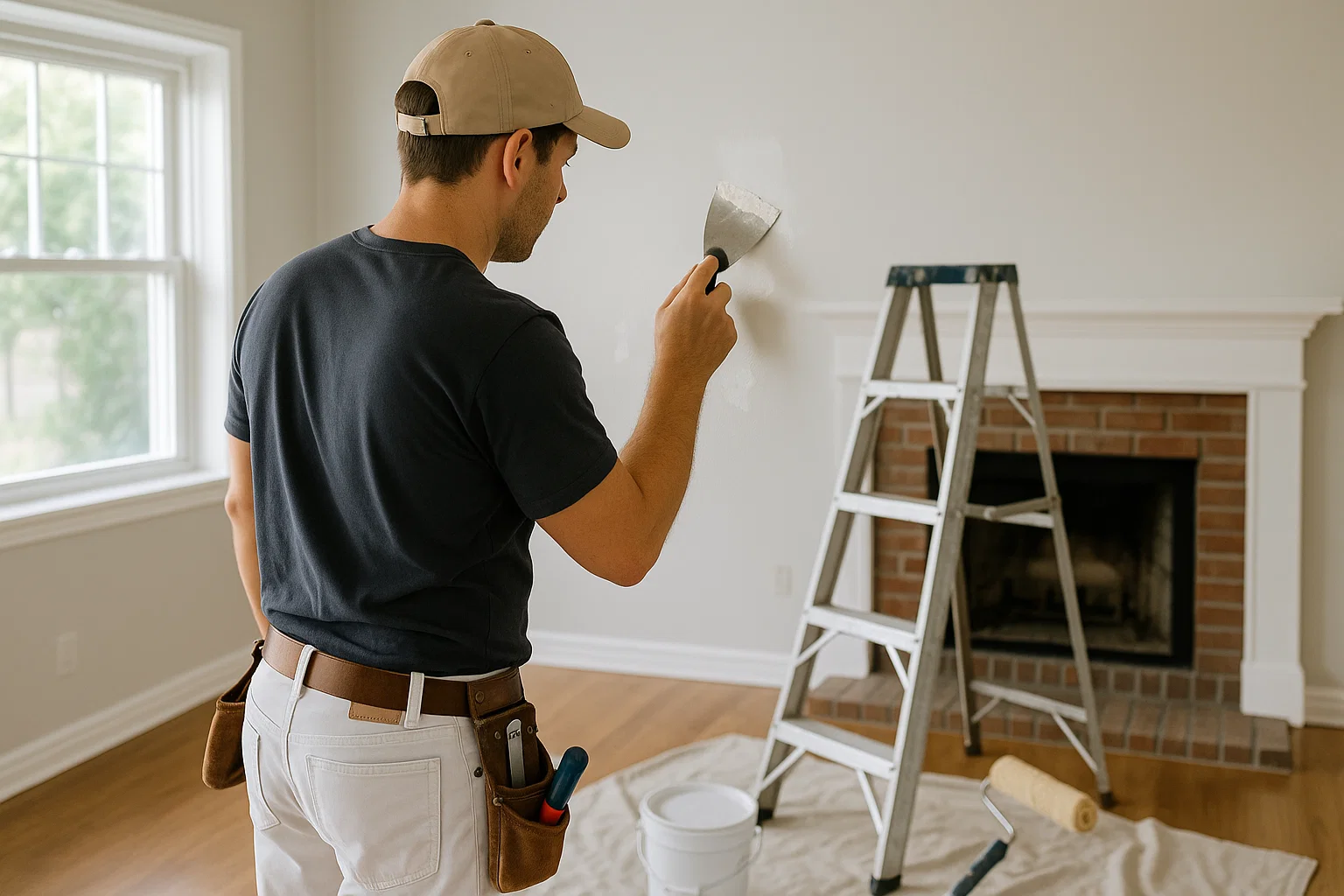Owning a home comes with endless to-dos, from replacing HVAC filters to inspecting your roof after storms. Letting these tasks pile up can lead to costly repairs and unnecessary stress. A well-planned maintenance calendar turns guesswork into a simple, month-by-month routine, ensuring your home stays safe, efficient, and in top condition all year. Below, you’ll find a seasonal maintenance schedule with actionable tips—and how Top Tier Building Services’ membership plans can help you stay ahead of the curve.
Winter (December–February): Protect Against Cold and Moisture
Inspect and Clear Gutters and Downspouts
Falling leaves and winter debris clog gutters, causing ice dams that damage shingles and fascia. In early winter and again after major storms, use a ladder or a professional service to remove blockages. Ensure downspouts direct water at least five feet away from your foundation to prevent basement flooding.
Test and Service Heating Systems
Schedule a furnace or boiler tune-up before the coldest weeks arrive. A technician will clean burners, inspect heat exchangers, and verify safety controls. Change or clean your furnace filter monthly in winter to maintain airflow and system efficiency, cutting heating bills and prolonging equipment life.
Seal Drafts and Check Insulation
Walk around windows, doors, and attic hatches, feeling for chilly drafts. Apply weatherstripping to doors and caulk gaps in window frames. In your attic, verify insulation levels meet recommended R-values for Castro Valley’s winter climate—adding insulation now can yield immediate savings.
Spring (March–May): Prepare for Warmer Weather and Storms
Inspect Roof and Exterior for Damage
After winter’s freeze-thaw cycles, loose or damaged shingles often need repair. Walk around your home’s perimeter and look for missing granules or curled edges. Address any damaged flashing around chimneys and vents to keep spring rains from seeping in.
Service Air Conditioning and Plumbing
Before temperatures climb, schedule an AC tune-up: clean coils, check refrigerant levels, and test thermostats. Inside, run water through seldom-used fixtures—like basement sinks—and inspect hoses on appliances for cracks or bulges. Replacing a worn washer on a leaky faucet now prevents water damage down the line.
Clean and Reseal Decks and Patios
Wood decks weather winter’s moisture; masonry patios collect dirt in joints. Sweep surfaces thoroughly, power-wash if needed, and apply deck sealer or stone-safe water repellent. A fresh seal prolongs decking life and maintains slip resistance during spring showers.
Summer (June–August): Focus on Exterior and Energy Efficiency
Check and Clean Ceiling Fans and Vents
Dusty blades and blocked vents reduce airflow, forcing your cooling system to work harder. Wipe blades with a damp cloth and vacuum vents to maximize circulation. A properly maintained system keeps energy bills in check on our hottest days.
Inspect Window Screens and Exterior Paint
Bugs and debris tear at screens over winter. Repair or replace torn screens to keep insects out while enjoying fresh air. Walk your home’s façade and touch up peeling or cracked paint to protect siding from summer UV and humidity.
Service Sprinkler Systems and Outdoor Lighting
Test each sprinkler zone, checking heads for clogs or misalignment. Adjust timers to current watering restrictions and seasonal needs. Replace burnt-out bulbs or upgrade to LED fixtures for long-lasting, energy-efficient outdoor illumination.
Fall (September–November): Ready for the Change of Seasons
Clean Gutters and Inspect Flashing Again
With leaves falling, a thorough gutter cleaning prevents blockages before winter. While you’re up there, inspect flashing around vents and skylights and reseal as needed to keep winter weather at bay.
Winterize Exterior Faucets and Irrigation
Shut off water supply to outdoor faucets and drain hoses to prevent frozen pipes. For automatic irrigation, blow out lines with compressed air or follow manufacturer guidelines. Proper winterization protects plumbing and reduces repair costs.
Test Smoke and Carbon Monoxide Detectors
As you turn on heating systems, check each smoke and CO detector. Replace batteries and test devices by pressing the test button. Most experts recommend replacing detectors every 7–10 years to ensure reliable operation.
Integrating Your Maintenance Calendar with Top Tier Memberships
Sticking to this calendar becomes effortless when you have a trusted partner on standby:
- Basic Plan ($49/mo): Get 7-day priority scheduling and one free inspection every six months—perfect for twice-yearly tune-ups.
- Essentials Plan ($79/mo): Enjoy 3-day priority and free inspections, ensuring spring and fall maintenance slots are locked in quickly.
- Max Plan ($99/mo): Benefit from 24-hour response and rollover credits. Have your winter furnace check and emergency summer AC service covered seamlessly.
Each membership doubles your credits with our 2X guarantee, letting you apply them toward painting, flooring, or garage fixes discovered during inspections.
Conclusion
A proactive home maintenance calendar keeps your property safe, comfortable, and efficient—saving you from emergency repairs and unwanted surprises. By following this month-by-month schedule, you’ll tackle small tasks before they become big problems and enjoy year-round peace of mind. Partner with Top Tier Building Services to handle those critical inspections and seasonal jobs—so you can focus on enjoying your home.
Ready to streamline your home care?
Sign up for a Top Tier membership today and let us keep your calendar—and your home—on track.
📞 510-566-4906 │ ✉️ sales@toptierbuildingservices.com





